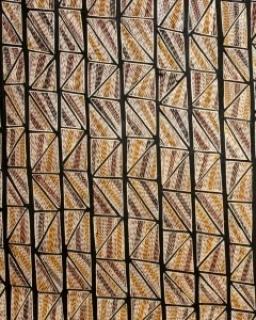
Abstract
Aboriginal people were among those most affected by the 2019–2020 bushfires in south-eastern Australia. Yet aside from renewed public interest in cultural burning practices, Aboriginal people have received little attention in the post-bushfire response. In this paper, we describe population geography of Aboriginal peoples affected by the 2019–2020 bushfire season in New South Wales and Victoria, and the geography of Aboriginal legal rights and interests in land across these states. We find that over 84 000 Indigenous people, or one-quarter of the Indigenous population of NSW and Victoria, live in the bushfire-affected area. While Indigenous people comprise nearly 5.4% of the 1.55 million people living in fire-affected areas, they are only 2.3% of the total population of NSW and Victoria. Because Indigenous people in the bushfire-affected area have younger population profiles, more than one-tenth of children in the bushfire-affected area are Indigenous, raising the diverse effects of bushfires on infants and children in particular. Aboriginal people also have a variety of distinct and spatially extensive legal rights and interests in land as First Peoples, including across much of the fire-affected area. Presenting a series of quotations from published accounts, we demonstrate that the Aboriginal experience of the 2019–2020 bushfires have been different from those of non-Indigenous Australians.
File attachments
| Attachment | Size |
|---|---|
| CAEPR_WP_no_134_2020_Williamson_Markham_Weir.pdf(1.73 MB) | 1.73 MB |